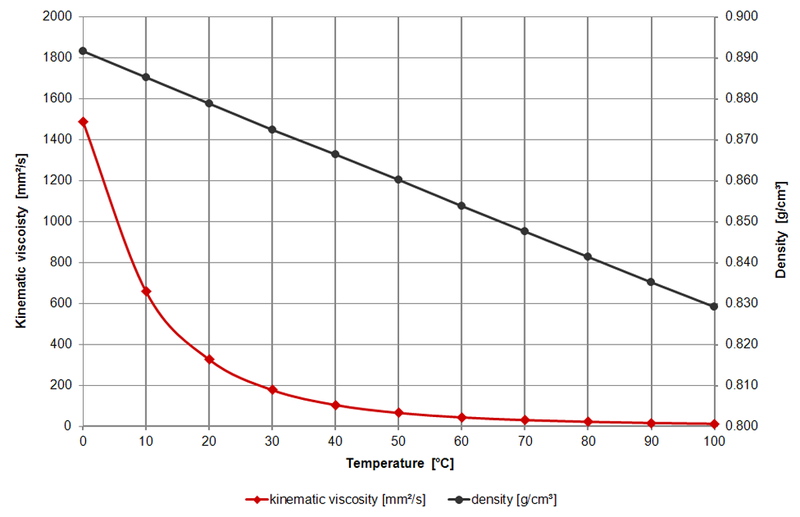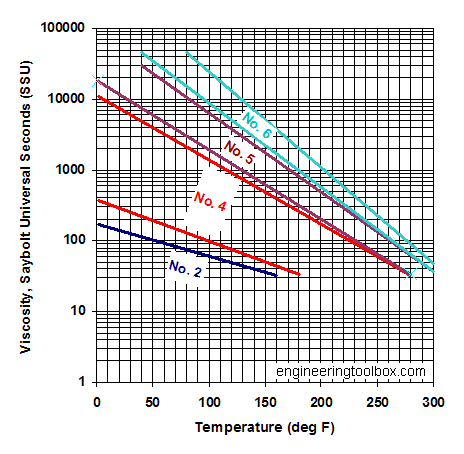

Thus, aviation oil must be of a blend or formulation that is compatible with the seal materials so that the seal itself lasts longer.

When oil washes around those areas, it helps retain a seal. Oil also cools the valve springs and the whole valve train.Īviation oil not only provides a seal between the rings and cylinder walls, but also helps seal the gasketed areas and the rubber or synthetic seals for the crankshaft. This can lead to melting, galling, or scarring problems. Without the cooling oil film on a cylinder wall, the rings wouldn't have a good heat transfer path. Oil is a heat-transfer medium which flows through the crankcase and oil coolers, and dissipates the heat from moving parts, thus constantly cooling engine bearings and piston rings. In aviation engines, the oil must carry off a greater percentage of the engine's heat. Automotive oil typically accounts forĪbout 40 percent of the engine's cooling capacity. How do aviation lubricants keep an engine cool?Īir-cooled aircraft engines rely on their oil for cooling far more than water-cooled automotive engines. This may create pressure between the ring face and the cylinder wall - leading to wear, scarring or scuffing. When those rings are able to move freely, your engine operates at higher efficiencies, has better ring seal, produces less blow-by, and consumes less oil.Ī dirty ring belt restrains the movement of the rings within the grooves and they can't seal. However, when a lubricant keeps your airplane engine clean, it also means a clean ring belt area and better control of the combustion process. When we say an aviation oil cleans, we think of removing sludge, varnishes, and grunge accumulations in the oil pan, on plugs, or in the screen. What are the benefits of using a lubricant that cleans the engine?Īll aviation oils clean. The more frequently and consistently an airplane is flown, the easier it is to properly maintain and lubricate. Unused aircraft have a high potential for rust and corrosion, among other downtime problems.

Other major functions of a lubricant include cleaning, cooling and sealing, in addition to helping fight corrosion and rust in the engine.Īirplanes that are used infrequently especially need the corrosion and rust protection that good aviation lubricants can provide. Lubricants are used to reduce friction and wear, whether it's in an aviation engine or the wheel bearing on a car. What major functions do lubricants perform in aviation engines? The following is an overview of that presentation:
#AVIATION MINERAL OIL VISCOSITY PROFESSIONAL#
Principles of Aircraft Engine LubricationĪt this year's Professional Aviation Maintenance Association's annual meeting which took place in Kansas City, Harold Tucker, Lubricants Technical Director for Phillips 66 Company offered a presentation to maintenance personnel from around the country on some of the basics of aviation engine oil.


 0 kommentar(er)
0 kommentar(er)
